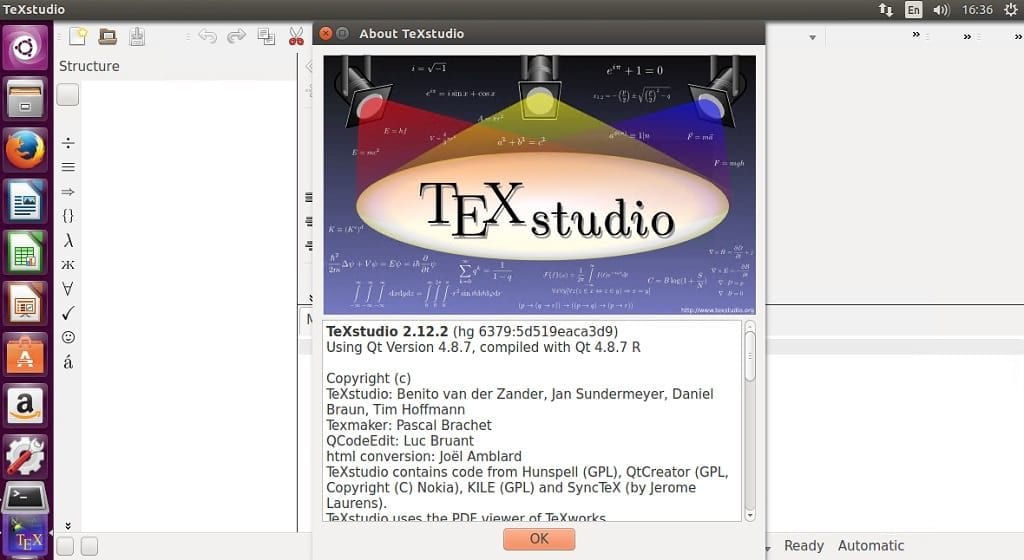
But you can also use LyX to create a letter or a novel or a theatre play or film script. In addition, staples of scientific authoring such as reference list and index creation come standard. This results in world-class support for creation of mathematical content (via a fully integrated equation editor) and structured documents like academic articles, theses, and books. LyX combines the power and flexibility of TeX/ LaTeX with the ease of use of a graphical interface. I think that this is in principle a nice idea but I have not managed to use it because of my obsessive-compulsive usage of M-q.LyX is a document processor that encourages an approach to writing based on the structure of your documents ( WYSIWYM) and not simply their appearance ( WYSIWYG). The benefit is that it works well with version control systems since changes to a sentence can remain localized. In other words a period at the end of a sentence should be followed by a hard return. Combining these two I manage to keep my TeX source more or less decently formatted.īy the way, I have heard the suggestion to always start a new sentence at the beginning of a line.

Furthermore M-q is bound to LaTeX-fill-paragraph (in the AucTeX mode - but I don't remember if this is a standard binding or one of my bindings - I'm pretty sure it's the latter). The way I actually use hard wrapping is to have auto-fill-mode turned on. Emacs 23 which I currently use changes this but it will be a long time before everybody upgrades to 23 so I can sneak soft wrapped texts to them. The second reason is that Emacs was until recently able to handle properly on hard wrapping.


So, when I work on an article with someone it would be a big pain for me to soft wrap while the other person hard wraps. Although I would prefer to use soft wrapping I end up using hard wrapping for one practical reason: all of my collaborators do the same.


 0 kommentar(er)
0 kommentar(er)
